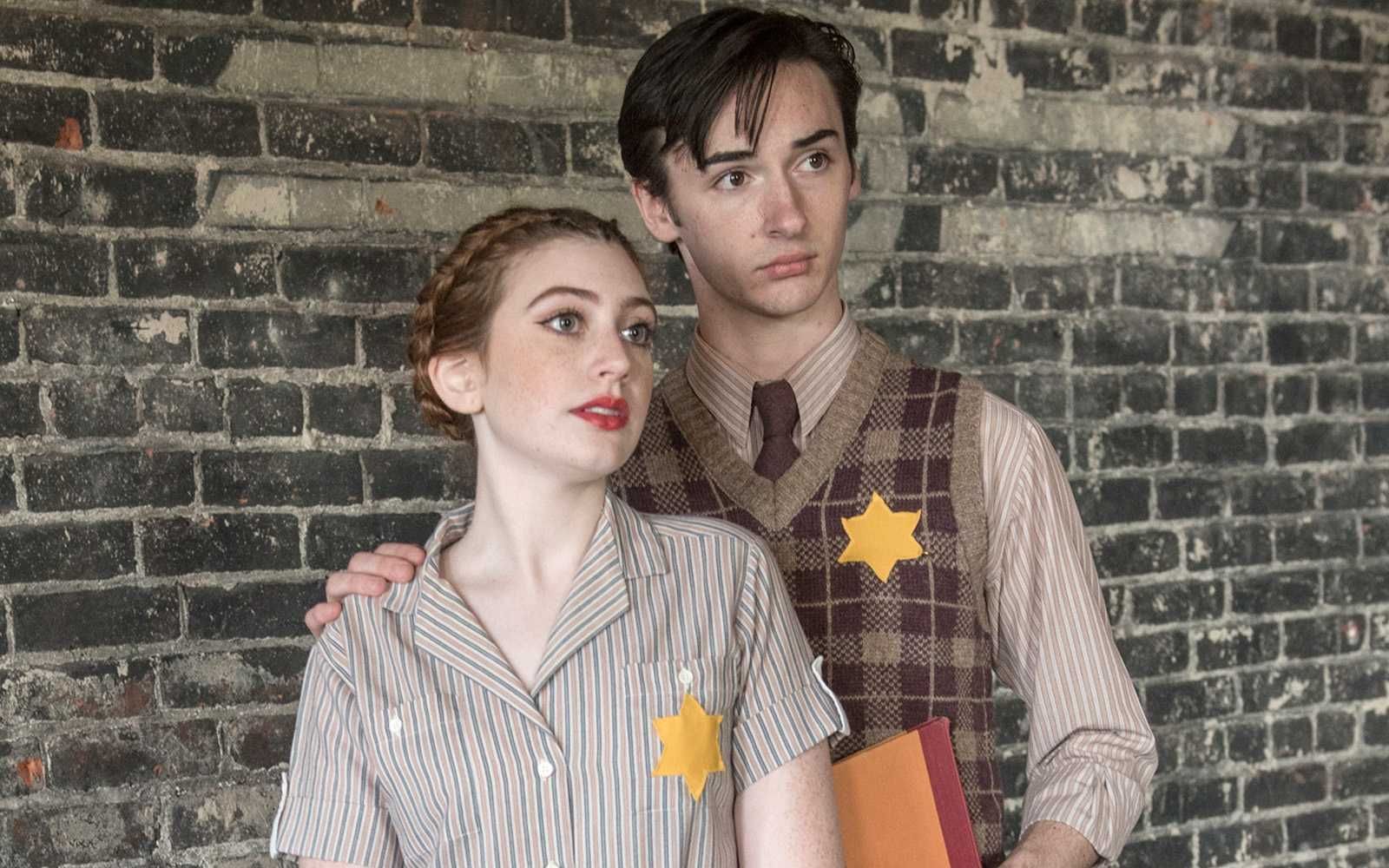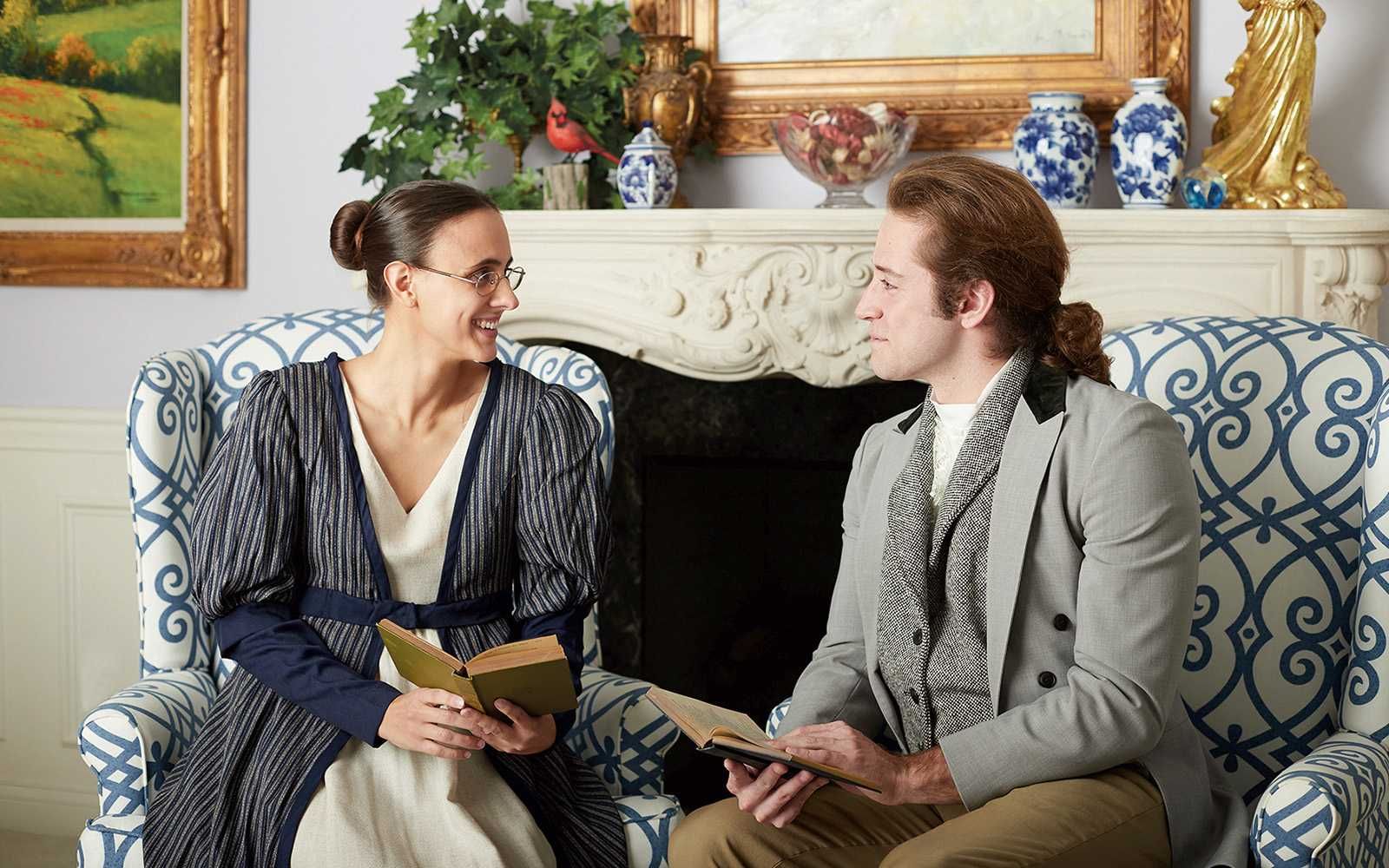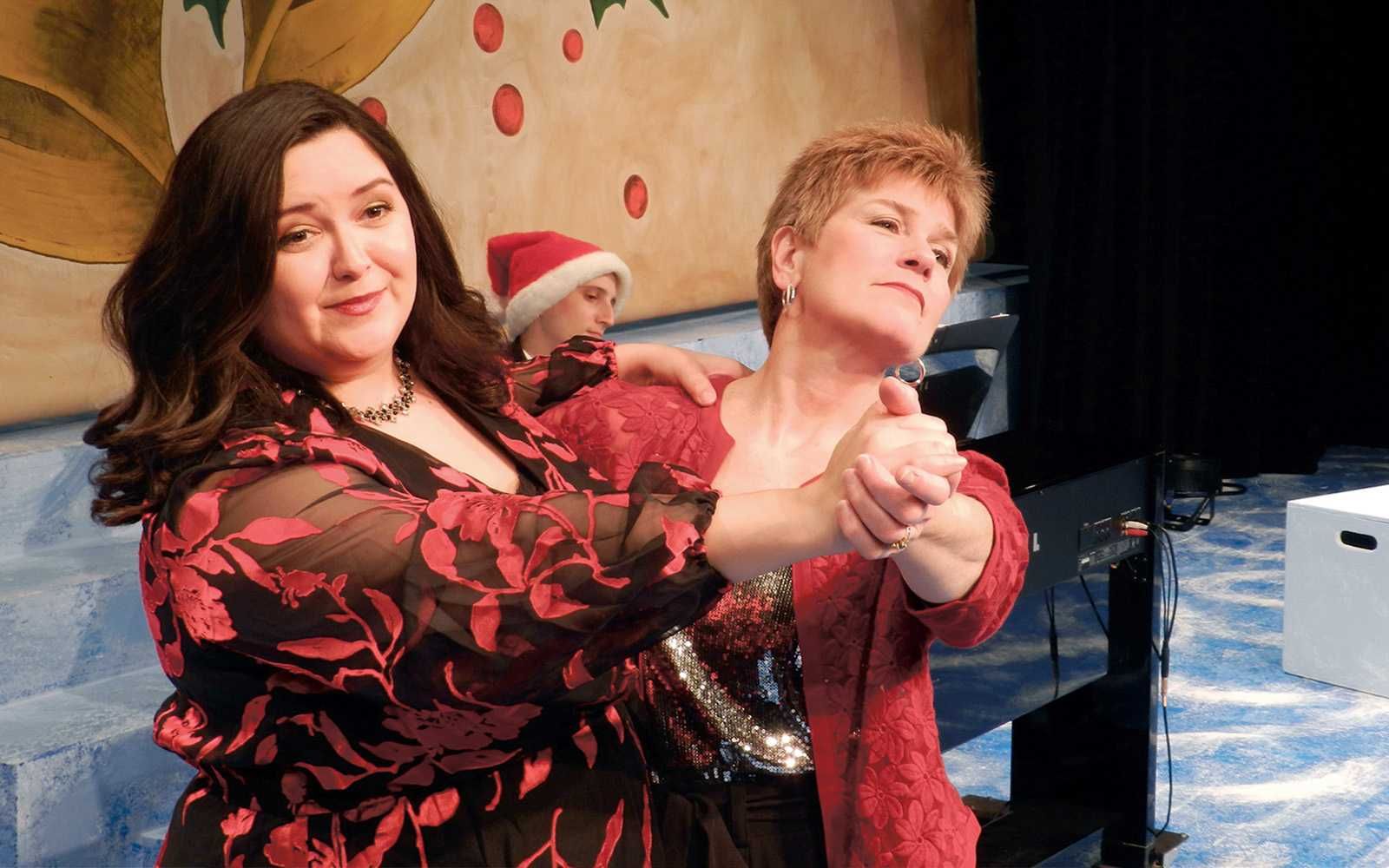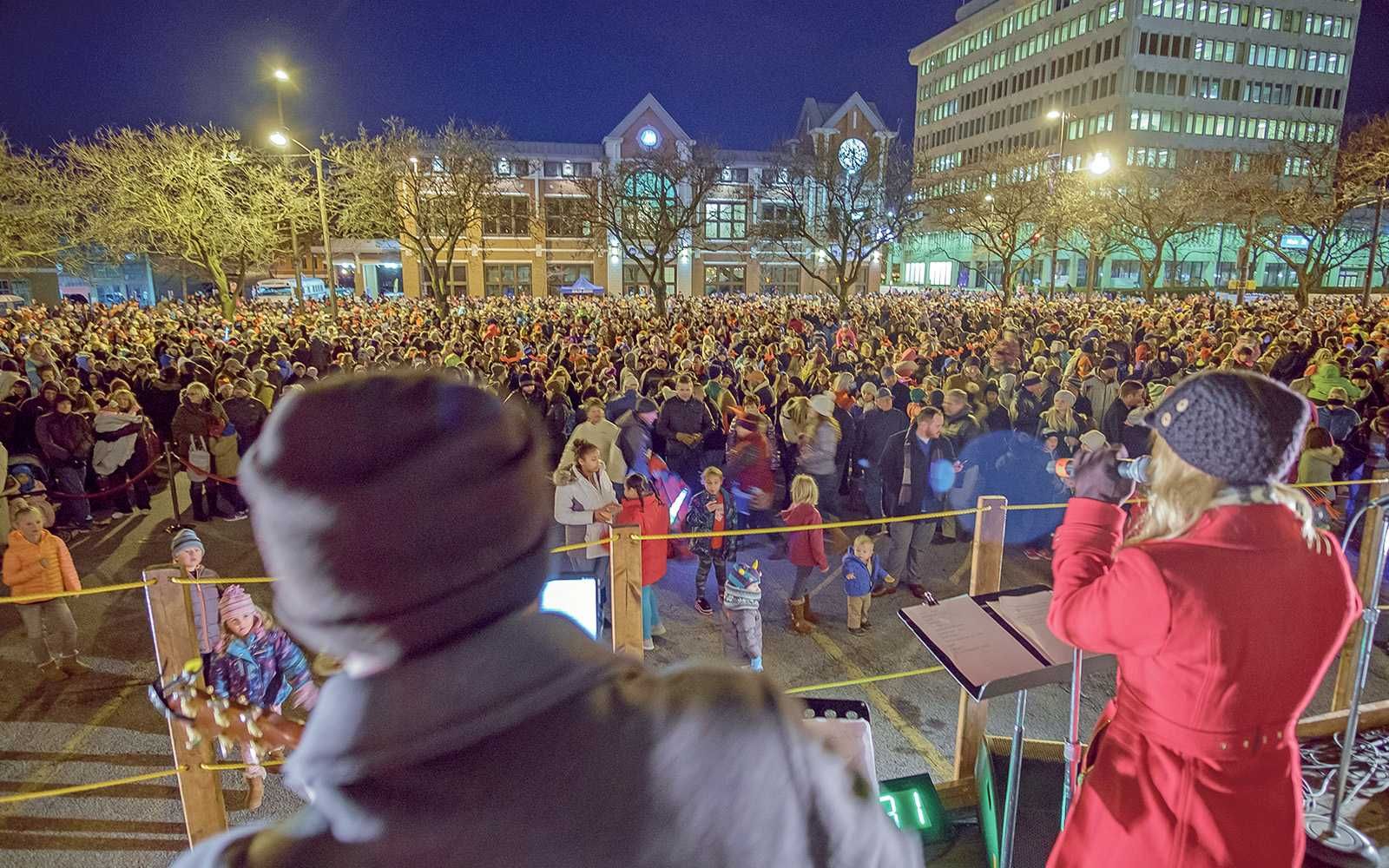A new production at Purdue Fort Wayne is likely the most moving production available to local theatergoers this year for a host of reasons.
Ghetto by Joshua Sobol, running through Saturday, Nov. 23, at Purdue Fort Wayne, is a partnership between the Department of Theatre and Violins of Hope Fort Wayne.
To say it is a fun play would be a major stretch. The play takes place in a Jewish ghetto in Vilna, Lithuania, and its cast of characters consists of two groups: those who know they may be taken to a concentration camp at any moment, and those who possess the power to take or kill them on a whim.
Under the direction of Bev Redman, the large cast and crew does exceptional work on this production. My only minor issue was that a projection screen used as the audience entered prior to the actual performance, at least from my seat near the back of the house and close to light of a primary entrance, was impossible to see. According to an insert in the program, which also details the historical background of the play, it showed taped survival stories, which surely provided even more insight into the history of the Vilna theater troupe.
The cast, consisting almost entirely of student actors, is impressive. Erin Butler, making her Purdue Fort Wayne debut as singer Hayyah, is incredible throughout. Another standout is Chase Lomont as Gens, a member of the Jewish community who has been given power over all the others. He is given perhaps the most striking scene in the play, during which he moves powerfully and emotionally throughout the audience. Timya Townsend as a ventriloquist’s dummy is dazzling.
The use of instruments through the partnership with Violins of Hope and featuring Paul Demaree, added even more power and intensity.
After reading the description of this play, which was completely new to me, as well as a warning in program about violence and sexual content, I was on the edge of my seat more than once, afraid that the two might combine and lead to sexual violence for one of the play’s main characters. I think the tension created served the experience well and was justified by a few scenes.
In her Director’s Notes, Redman details the process of pulling Ghetto together as well as its power on the variety of students participating and the solidarity it created. This is probably the case for those pulled together to stage most plays chosen in season lineups, but as this one adds a deep connection to the darkest period in human history, that power has to have been almost overwhelming during planning and staging.
In such a dark play about desperate people in circumstances we can only imagine, perhaps the most important takeaway message — and one proven by becoming a member of the audience for this production — is about the transformative power of art. This play makes us uncomfortable watching these human beings on stage live through this twisted period of history as we escape our daily lives for a couple of hours.
That is what most good plays provide, but the ability of this one through the bits of theater and cabaret performances included to help us all momentarily escape the horror of the plot and circumstances is nothing short of amazing.
Because of this, Hayyah’s command performance of “Swanee” and other scenes are all the more moving and beautiful.
See this play. It’s important and warrants attention.
 Submit Your Event
Submit Your Event




